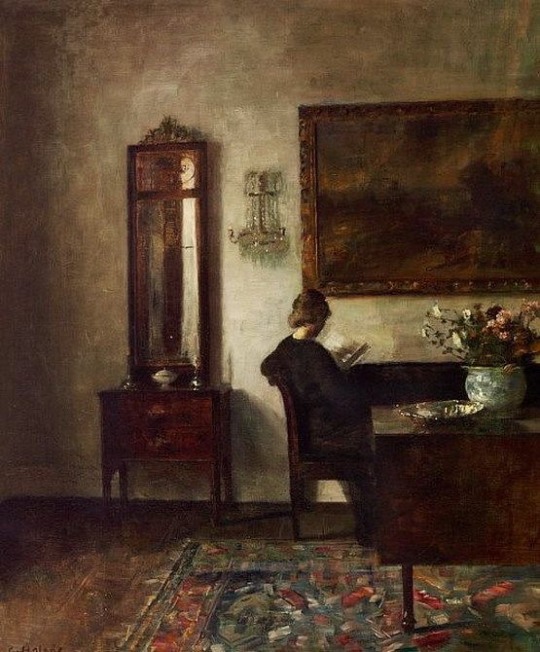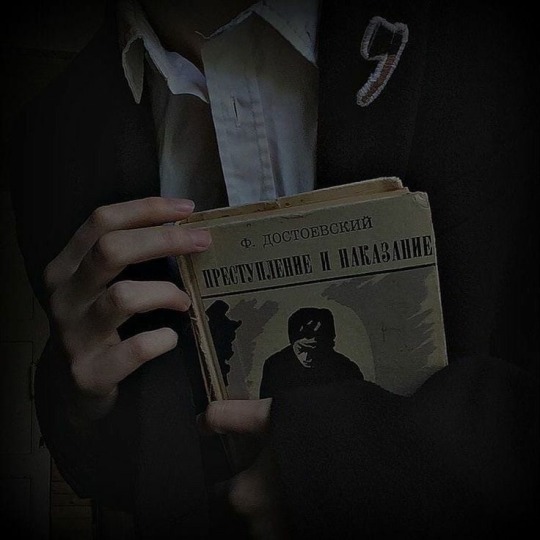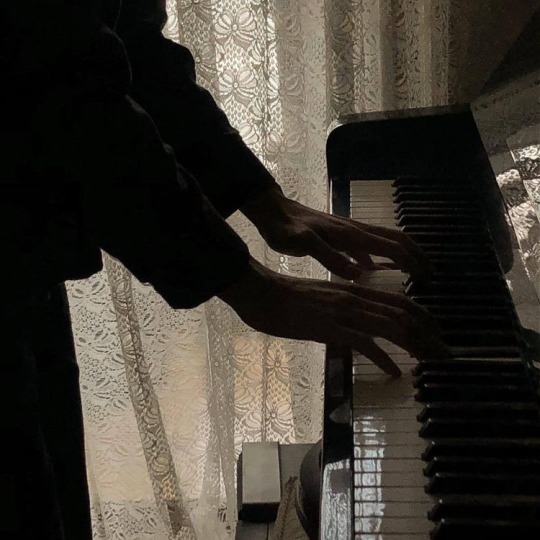Text




9K notes
·
View notes
Text
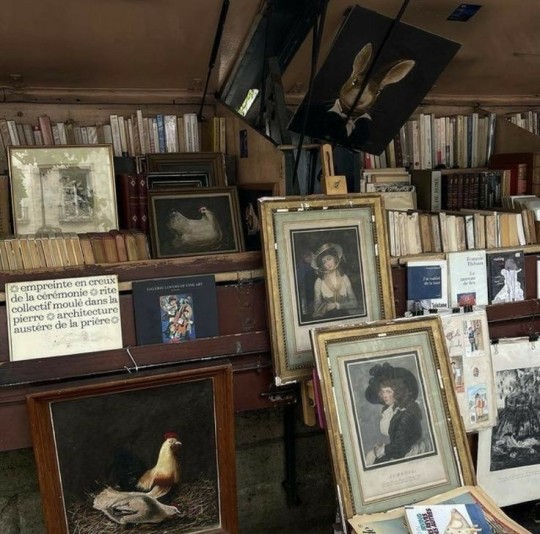
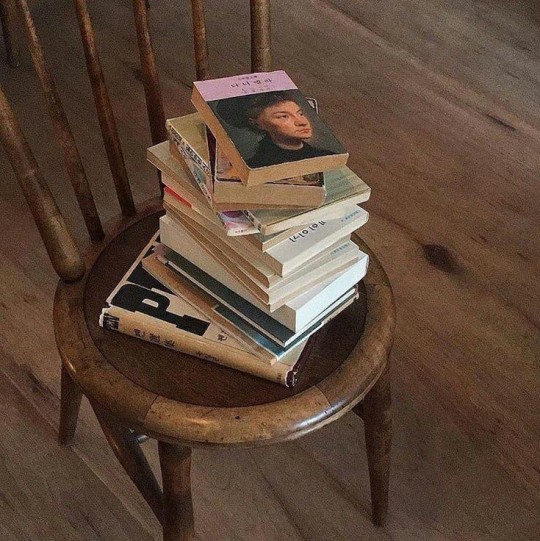






"Destroy my desires, eradicate my ideals, show me something better, and I will follow you".
–Fyodor Dostoyevsky
18K notes
·
View notes
Text
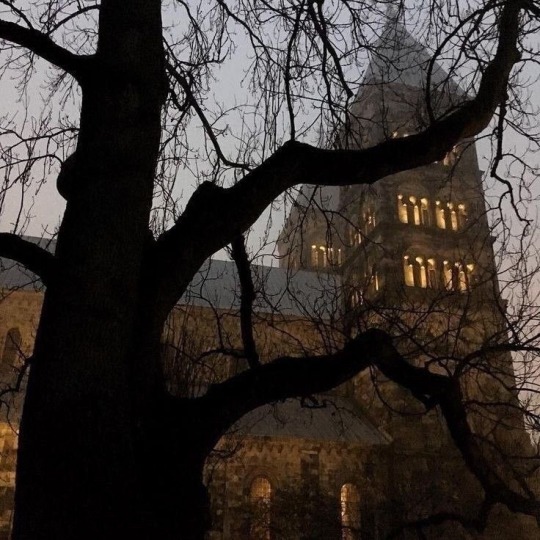
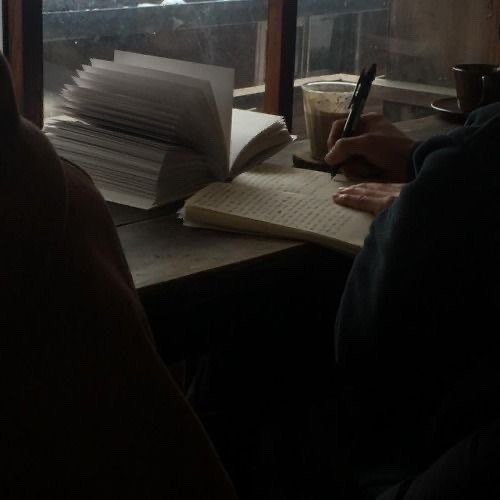

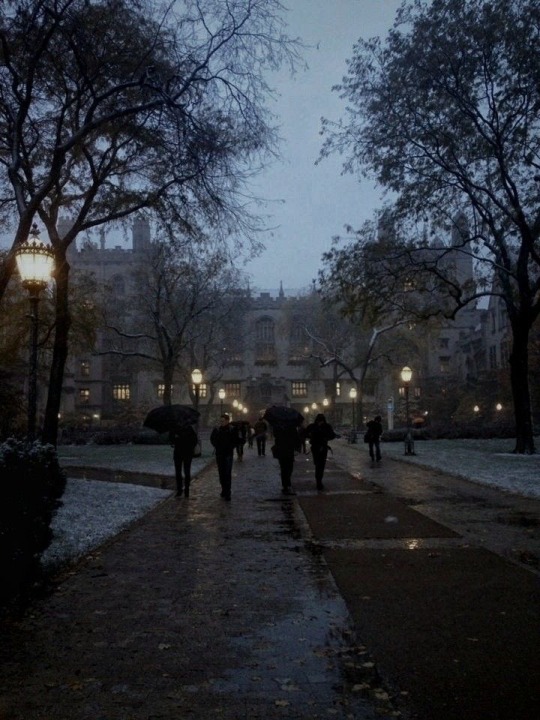
#q#aes#aesthetic#dark academia#dark academia aesthetic#dark academism#out of body wip#wip#outofbodywip#outofbody#out of body
14K notes
·
View notes
Photo
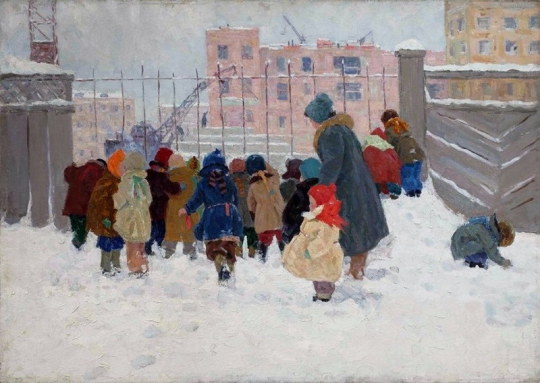
“Kindergarten On the Walk” by Nadezhda Vorobyova (1978)
5K notes
·
View notes
Text
How to Write Compelling Character Backstories: Step-by-Step Guide
Hello, everyone! Happy Day! Hopefully everyone is ready for the weekend!
I don’t have much of an intro so, let’s get to it.
What Is a Character Backstory?
A backstory is a comprehensive overview of a character’s history that extends beyond the story in which the character appears.
Devising backstories is a crucial part of character creation since a character’s background will inform the action of the main narrative.
Writing character backstories can be part of the worldbuilding process. It’s a way to create fully formed characters who resemble real people with nuanced personality traits.
How to Write Compelling Backstories for Your Characters
Backstories are essential to creating memorable, authentic characters in your writing. Here are some tips to help you write compelling backstories:
Build a timeline of your character’s life events. Plotting out the key events in your character’s past can help you better understand your character’s personality and point of view. What were they like at a young age? What was their high school experience like? Did they have a best friend? When was the first time they fell in love? Continue plotting out these key events until you reach the present day. Not only will this exercise help you better understand your character’s thoughts, personality, and quirks, it will also give you a bird’s eye view of the formative events in your character’s life.
Make sure backstory details are relevant. When writing backstory for a new character, it can be tempting to include every bit of personal history that seems funny or interesting. However, focus on backstory that directly informs the plot points and conflicts that your character experiences in the main story. For example, if your main character’s best friend dies in your novel or short story, backstory that explains the depth of their friendship will deepen the emotional stakes. On the other hand, backstory that explores your character’s favorite food or an adventuring trip they took with their parents will feel like a waste of time, since it does not connect to your character’s present emotional reality.
Draw inspiration from real life. Writing a believable character backstory can be difficult. That’s why it’s helpful to draw inspiration from real life. Think about the way you recount formative events in your own life. Pay attention to the way your friends and loved ones tell stories. Read biographies of celebrities, politicians, or historical figures to understand the important episodes that shaped their lives. Taking note of real peoples’ backstories will make your character’s backstory seem all the more authentic and genuine.
Show, don’t tell. When weaving details from your character’s backstory into the text of your novel or short story, it’s important to avoid info-dumps. Too much backstory at once can cause the reader to become bored, which is why it’s important to vary the way in which a character’s past is revealed. Show, don’t tell is a writing technique in which a character’s personal history is revealed through actions, sensory details, or emotions. In other words, the author attempts to “show you” what happened rather than simply telling you what happened. Revealing your main character’s past life through tangible details and flashbacks can help the reader gain insight into the character’s background without relying on info-dumping.
Don’t overload your first chapter with backstory. When writing the first draft of a novel, it can be tempting to try to get all of your character’s backstory out of the way at the beginning. However, frontloading your novel with backstory and exposition will likely cause the reader to get bored since backstory often gets in the way of plotting, conflict, and organic character development. Try to spread out your backstory over the course of the whole story, deploying information as it becomes relevant to that character’s current situation.
There you have it folks, a quick and short post! Have a wonderful day everyone!
Please like, comment, reblog and follow!
2K notes
·
View notes
Photo

Euripides’ Hecuba c. 424 BC
42K notes
·
View notes
Text
I don’t “write” my characters into “plots,” I merely toss em into situations like a piece of meat into the lion’s pit
941 notes
·
View notes
Photo

― E.M. Forster, Howards End
[text ID: The house was very quiet, and the fog—we are in November now—pressed against the windows like an excluded ghost.]
23K notes
·
View notes
Text
i can’t wait to share more about my wip on here. my pride and joy 🩰⏳🎻🕯🌲🪦🏛🚬🗝📜🕰⚖️🎞
i decided to pull it from the drafting stage and restart the planning page and i am organizing all of it into a big master doc and once i do i am going to make a new intro post for it and share more :)
7 notes
·
View notes
Text
mom said it’s my turn to be ached for, to have someone feel a stab of hunger for me, to feel nourishment at the sight of me. give it now
51K notes
·
View notes
Text
Me: Writing is a HOBBY and supposed to be relaxing. It's all nice, really :)
Me when I'm actually writing: AAAAAAAAAAHHHHHHH
5K notes
·
View notes
Text
New wip development ask game
Couldn't find a wip ask game that focused on a new or developing wip, so I made one of my own.
1. What's the log line for your wip?
2. Describe the plot in one sentence
3. Describe your wip badly
4. Describe the main characters
5. What are the main themes?
6. What kind of readers would be fans of this wip?
7. What are the main emotions of this wip?
8. What are the vibes/aesthetics of this wip?
9. What are the genres of this wip?
10. Describe the tropes present in this wip
11. Any characters you had to cut?
12. What inspired this wip
13. Do you like working on more wips at once?
14. Where will the wip start?
15. What do you like about this wip
16. What do you find frustrating about this wip
17. What are you worried about in this wip
18. What are your goals with this wip
19. Describe the setting of your wip
20. Describe your favourite location
21. How would you describe your WIP’s narrative style? (1st person, 3rd person, multiple POVs, single POV, alternating chapters, etc.)
22. Do you know your OCs personality types (ennegram/mbti etc)
23. How would you describe your writing style
24. What is the most important question to answer about your characters
25. Name the three most important things for you to plan
26. What do you still need to plan?
27. Look for three images which best showcase the overall aesthetic for your WIP
28. If you could pick three songs to capture the feel of your WIP, what would they be and why?
29. Books or series or movies influenced your writing style the most?
30. What stories are the most similar to yours / comp titles?
689 notes
·
View notes










